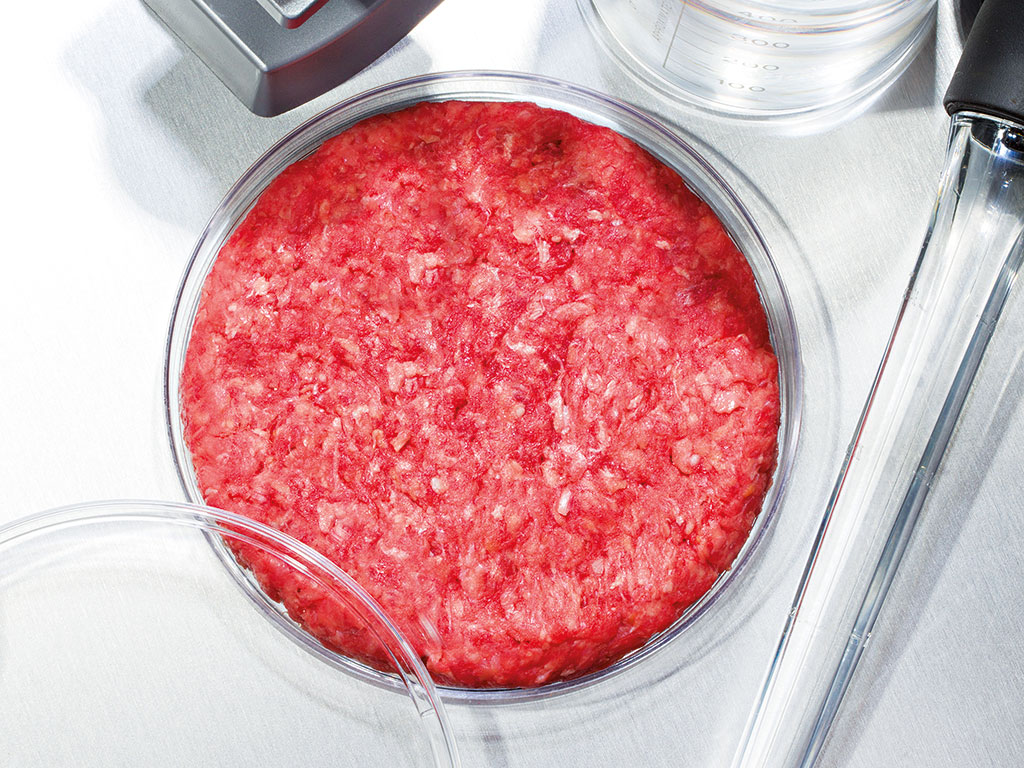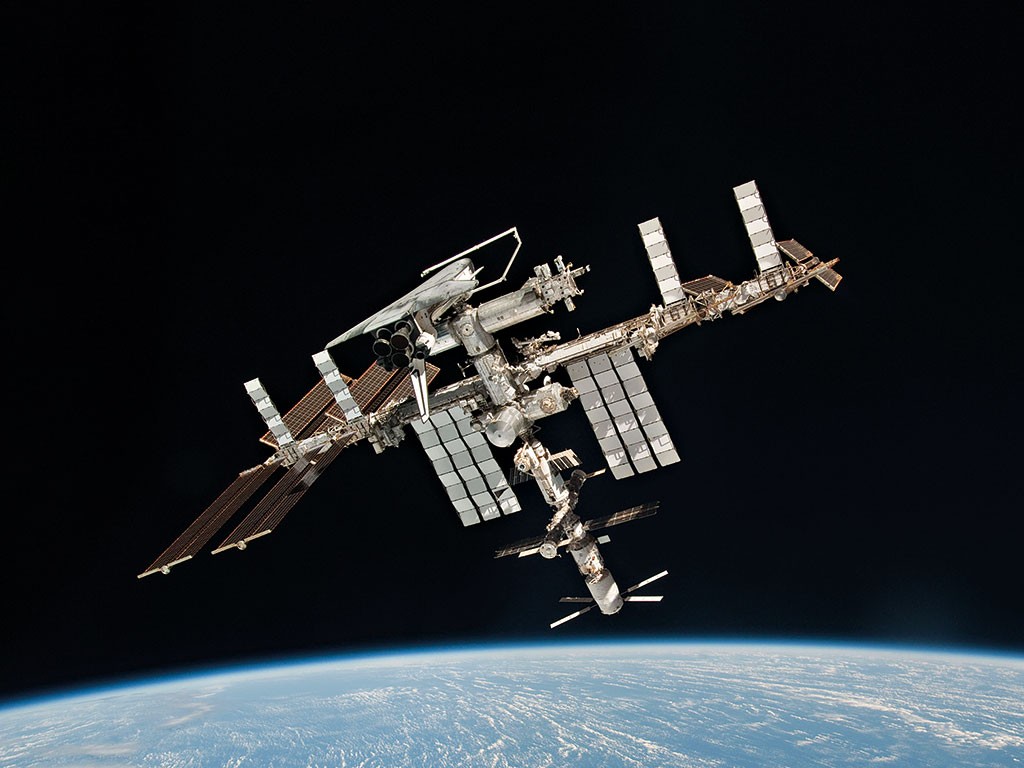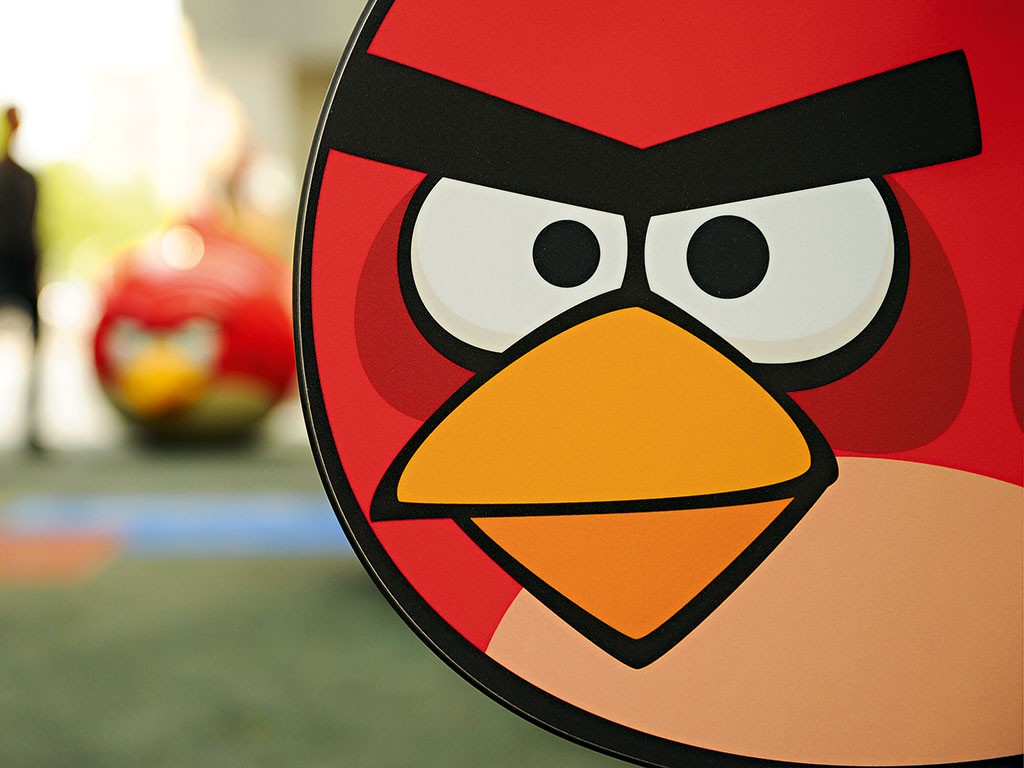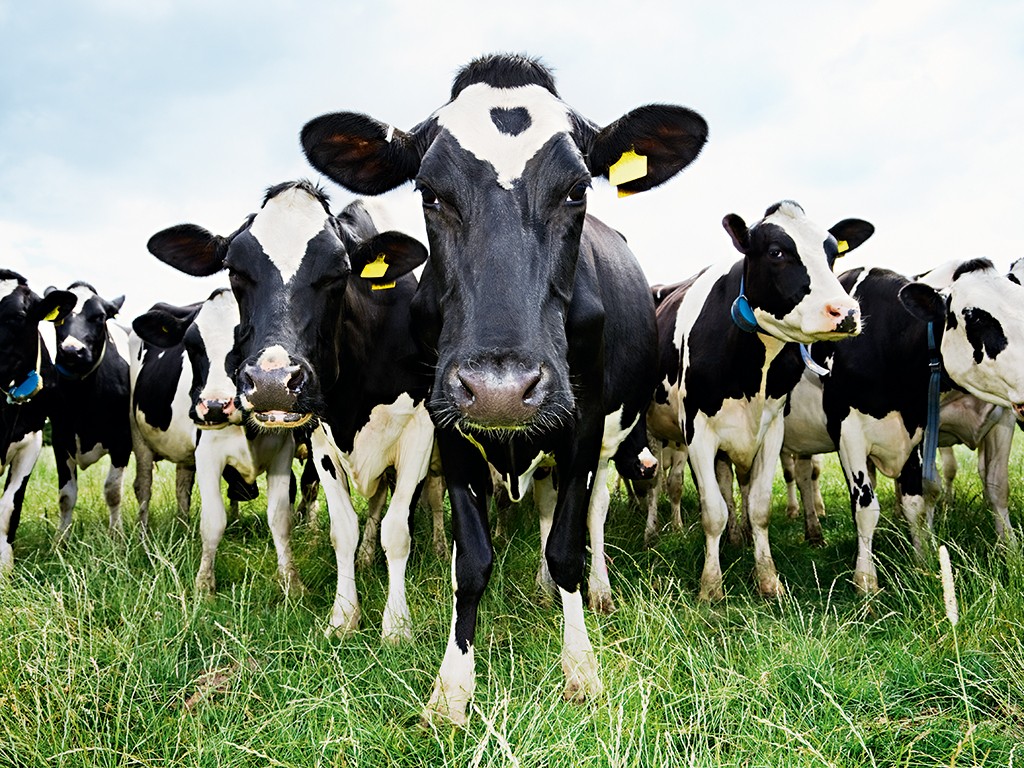The cases for and against artificial meat
Chicken and fish are the food of the poor. As people become richer, they want lamb and beef and pork. Is artificial meat the best answer to this posher demand?

By taking protein from peas, we can now create meat-like substances without having to rear environmentally harmful livestock. However, some argue other advances mean the harmful effects of farming are already being reduced
 Just when environmentally concerned citizens thought they had done everything within their power to offset global warming, two filmmakers came along and spoilt the party. In 2014, Kip Anderson and Keegan Kuhn released Cowspiracy: The Sustainability Secret, a documentary that shone light on the devastating impact of animal agriculture on the environment.
Just when environmentally concerned citizens thought they had done everything within their power to offset global warming, two filmmakers came along and spoilt the party. In 2014, Kip Anderson and Keegan Kuhn released Cowspiracy: The Sustainability Secret, a documentary that shone light on the devastating impact of animal agriculture on the environment.
The film asserted that animal agriculture, not fossil fuels, was responsible for the vast majority of greenhouse gas emissions. In fact, according to a 2006 report by the Food and Agriculture Organisation, livestock produces 18 percent of all greenhouse gas emissions, which is more than all transportation combined (13 percent). Not only that, but the film drew attention to just how water intensive agriculture is, with 2,500 gallons of water needed on average to produce one pound of beef.
Livestock produces 18 percent of all greenhouse gas emissions, which is more than all transportation combined
To make things worse, new evidence suggests meat lovers only have a limited time to change their ways. According to researchers from the universities of Cambridge and Aberdeen, greenhouse gases from food production will increase by as much as 80 percent by 2050 if something isn’t done to curb mankind’s love of meat.
The obvious solution to this is to give up eating beef and pork altogether. But, as everyone knows, old habits die hard, and considering the world’s love affair with meat, cutting its consumption so drastically is nigh on impossible. Luckily, the world doesn’t need to go completely cold turkey. It just needs to reduce its red meat intake to two portions a week – but what about the other five?
Alternatives to meat have been around for years. The only trouble is that, while they may do a good job of looking like the real thing, when it comes to tasting like it they often fall short of the mark and are therefore not an attractive enough substitute for many meat eaters.
However, a number of companies are working to change that. One that has garnered a lot of media attention of late is Beyond Meat, which takes protein directly from peas and then uses a combination of heating, cooling and pressure to produce a product that not only looks like meat, but hopefully tastes like it too. Reviews of the company’s various products have been mixed, but, as its CEO, Ethan Brown, explained in an interview with The Atlantic, the hardest thing is getting consumers to look at meat from a different angle.
“There’s two ways to look at meat”, he said. “One is, meat has to come from a chicken, a cow or a pig. But you can also think about meat in a different way, which is what is meat made of?”
As Brown explained, meat is really just a combination of amino acids, lipids, carbohydrates, minerals and water, all of which are present in plants. “What we are doing is building a piece of meat directly from those plants, and so the compositions are basically the same, and in that case we are actually delivering meat”, he said.
At the end of the day, however, it really comes down to whether people are willing to embrace this new definition of meat. Considering how far so many have gone already, and how much is at stake if they don’t change their habits, perhaps it’s worth going just a little further to protect the planet we call home.
 Developing artificial meat is not a bad thing per se, but the panic and anxiety around the need to is misplaced. The concerns generally stem from a belief that humans are outstripping their ability to produce adequate food and meat to meet rising demands. Yet such concerns are mistaken.
Developing artificial meat is not a bad thing per se, but the panic and anxiety around the need to is misplaced. The concerns generally stem from a belief that humans are outstripping their ability to produce adequate food and meat to meet rising demands. Yet such concerns are mistaken.
A lot of people worry that rising populations and affluence will place too big a burden on our ability to produce meat. Livestock requires large amounts of grain to feed and fatten up cows, pigs and sheep; it takes two to 10 calories of wheat to produce a calorie of meat, for example. This is one of the major drivers behind meat consumption concerns.
Producing any given quantity of a certain crop requires 65 percent less land than in the 1960s
However, we are able to produce more grain to feed livestock – and ourselves – than ever before. According to the UN’s Food and Agriculture Organisation, world cereal production in 2014 was higher than it had ever been in world history, with 2.54 billion tonnes being produced. This is a 20 percent rise from just 10 years ago. Never before have we produced so much staple food. That’s a lot of grain to fatten up animals for us to feast on.
Of course, the Malthusian would say that must mean more and more of the environment is being used to feed humanity meat. But we are becoming ever more efficient at the production of cereal: between 1940 and 2010, corn production in the US increased fourfold, while land use for farming fell slightly. Similarly, while India has seen its wheat production increase by five times since 1970, the number of acres dedicated to wheat production only increased by a measly 1.5. Across the globe, producing any given quantity of a certain crop requires 65 percent less land than in the 1960s. As farm productivity continues to skyrocket, more and more land will actually be given back to nature. According to a study by Jesse Ausubel and Iddo Wernick of Rockefeller University, and Paul Waggoner of the Connecticut Agricultural Experiment Station, “an area equal to one and a half times the size of Egypt, two and a half times France, or 10 times Iowa” could be restored to nature by 2060.
As the world becomes richer, people will most likely opt for more meat. We have the productive capacity to meet that demand, with grain production rocketing and crop yields allowing us to do more with less. This will only continue as agriculture becomes mechanised across the world. In the face of this impressive ability to produce more – a testament to human progress – the capacity of scientists to cook up fake meat in a lab to sell to rich western foodies pales in comparison. Perhaps one day we will decide it is more economically viable to produce such fake meat, but for now, the world is seeing cereal yields grow and grow, with less land sacrificed, allowing us to dedicate more and more to livestock – meeting the demand of a growing and affluent population.
And that is something to celebrate. Yet we don’t. Society has developed an eating disorder. Despite living in an age of abundance, we constantly fret and fear about food more than any previous generation ever has. And now, as world production becomes cheaper, more and more people around the world can use their newfound prosperity to enjoy meat. We should step back, and put this panic on a plate and into perspective.













